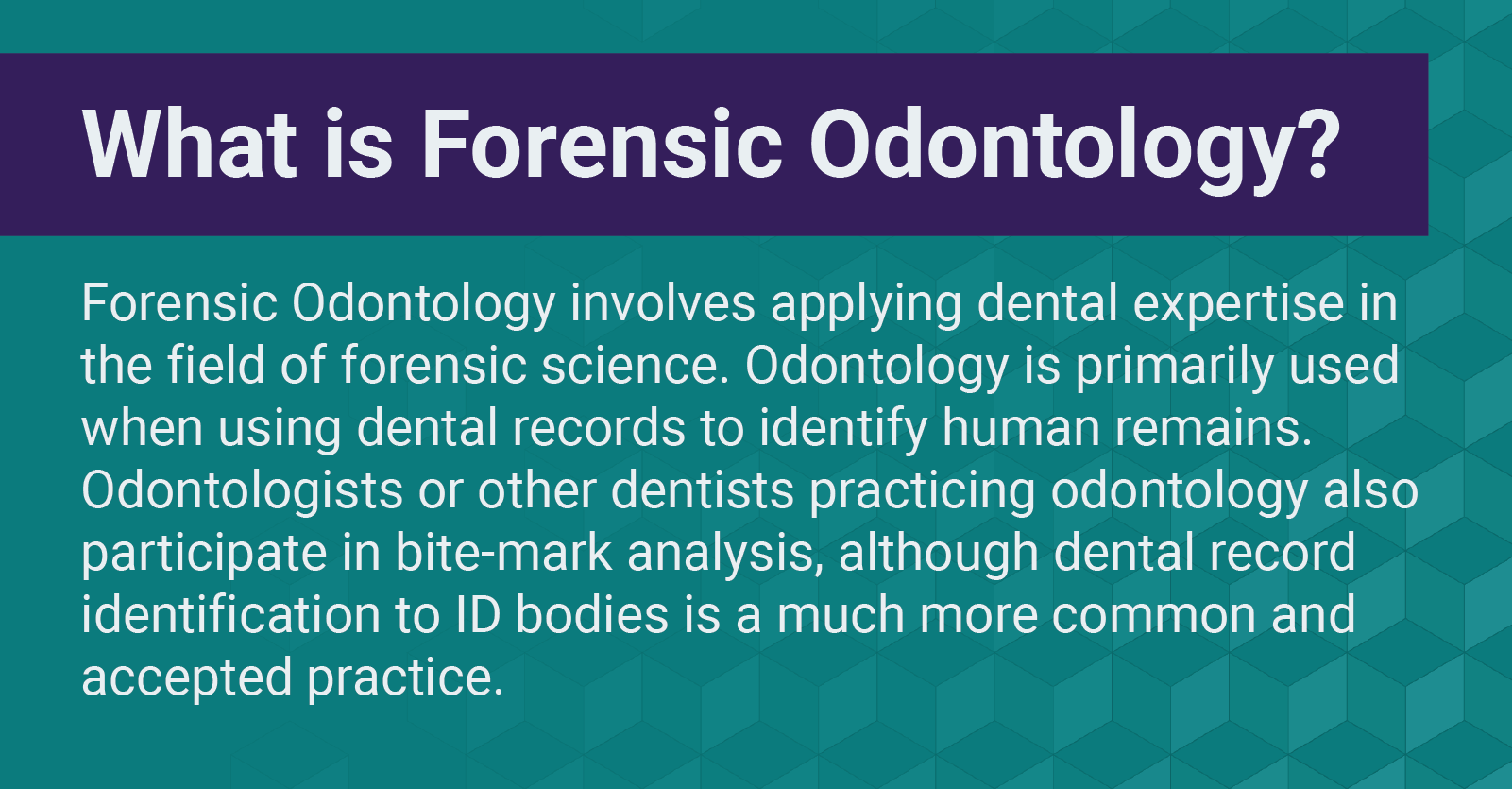
On Nov. 18, Governor Roy Cooper signed the 2021 North Carolina state budget into law, the first budget the state will have since 2018.
There are many reasonable provisions in this year’s budget — thanks to American Rescue Plan funds, an historic amount of money has been allocated to improve the lives of North Carolinians. There are other provisions that were unfortunately left out as well, most importantly from a public health perspective being full Medicaid Expansion.
At NCOHC, our staff has been focused on one particular provision: expansion of the Medicaid for Pregnant Women program to one year postpartum (after birth).
Earlier this year, one of NCOHC’s fantastic interns, Hannah Archer, wrote a policy brief outlining the benefits of expanding postpartum Medicaid services and analyzing its political feasibility.
The policy was originally proposed as a standalone bill by Senators Jim Burgin, Joyce Krawiec, and Kevin Corbin. It goes without saying that NCOHC was thrilled to see the policy incorporated into the 2021 budget.
The Details
The postpartum Medicaid service expansion will go into effect on April 1, 2022. After that date, North Carolinians with incomes up to 196 percent of the federal poverty level will be able to access Medicaid services for the duration of pregnancy and one full year after giving birth.
The policy, as laid out in the 2021 budget, is set to expire on March 31, 2027. NCOHC is fully confident that the benefits of the expansion will speak for themselves over the course of the next five years, and we look forward to working with stakeholders to make the policy a permanent change in the future.
What Comes Next
It will be important to stay tuned as the postpartum Medicaid service expansion is implemented. Currently, the Medicaid for Pregnant Women program includes all medical services, including oral health. Under the current framework, traditional medical services are available for 60 days postpartum, while oral health services end at birth.
The text in the 2021 budget is broad, and language limiting coverage for services “related to pregnancy and to other conditions determined by the Department as conditions that may complicate pregnancy” is removed. This bodes well for oral health’s inclusion in the postpartum expansion (although we would also argue that the negative outcomes that result from a lack of oral health care absolutely fall into the category of conditions that could complicate pregnancy).
The details will be ironed out in the coming months, and we will be sure to keep you up to date on any news as it arises.
NCOHC is a program of the Foundation for Health Leadership & Innovation. To get involved, find out more information, and to stay up to date, head over to NC4Change to sign up for our newsletter and see what events and other opportunities are on the horizon.




